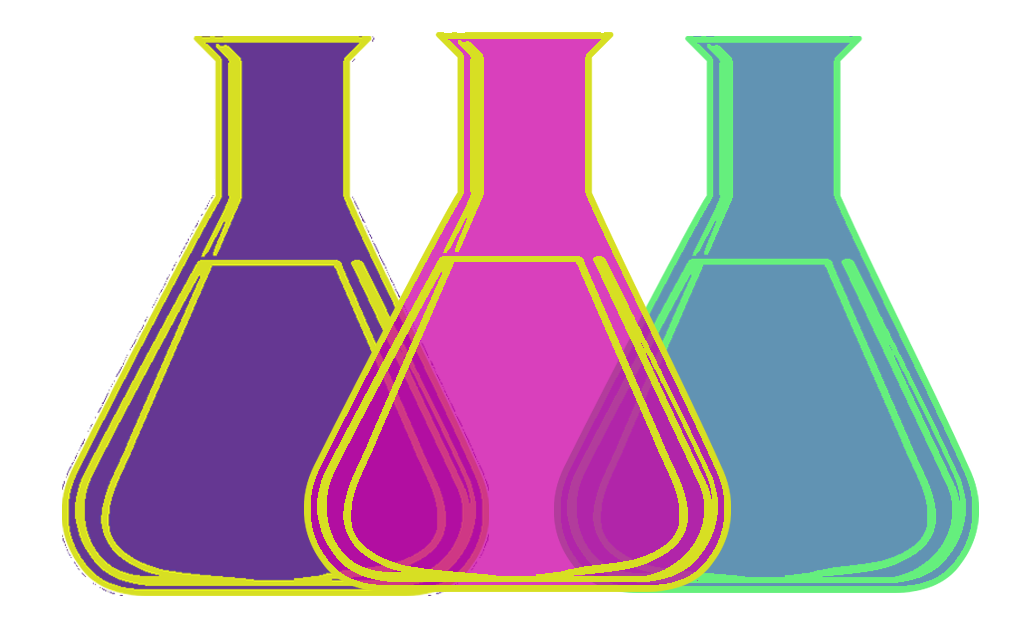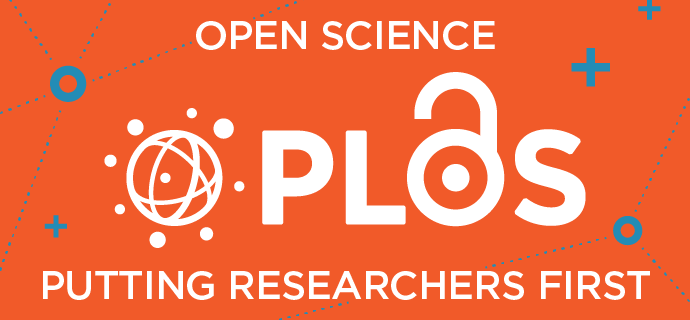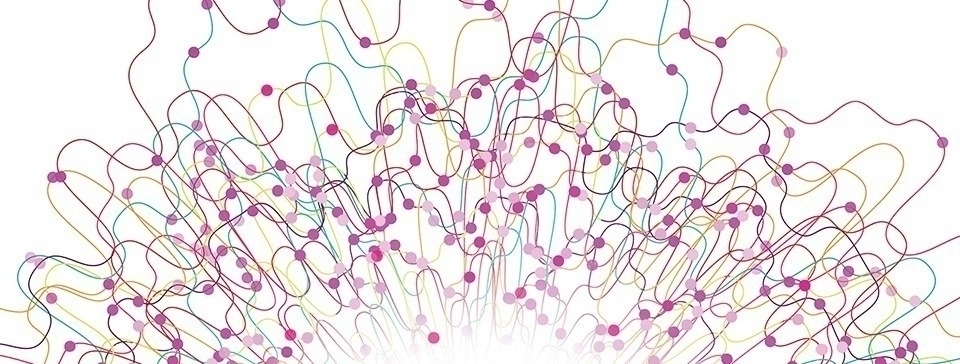Submit Your Lab and Study Protocols to PLOS ONE
Lab and Study Protocols, two new article types at PLOS ONE that provide recognition for methods contributions, are now open for submission.

Send us a link
Lab and Study Protocols, two new article types at PLOS ONE that provide recognition for methods contributions, are now open for submission.

A qualitative assessment to identify good practices, capacity gaps and investment priorities, whose results could serve as strategic investment targets for the joint efforts of national governments and international organisations that fund programmes for strengthening research capacity in low- and middle-income countries.
In recent years traditional journalism has experienced a collapse, and science journalism has been a major casualty. This study suggests that filling the science news void by scientists as science reporters leads to normal levels of audience engagement.
PLOS ONE will soon offer Registered Reports, a preregistration option which enables open peer review and publication of the initial study protocol in advance of the full research article.
Peer review can increase the chances of future collaboration, but it doesn't help much against author conflicts of interest.

Study finds that the number of publications in open access journals rises every year, while the number of publications in questionable journals decreases from 2012 onwards. Both early career and more senior researchers publish in questionable journals.
With most of the OA conversation now dominated by the notion of a transition to OA, what does this mean for those native OA publishers, like PLOS, who are already OA, and have been for years?

Background Core outcome sets (COS) have the potential to reduce waste in research by improving the consistency of outcomes measured in trials of the same health condition. However, this reduction in waste will only be realised through the uptake of COS by clinical trialists. Without uptake, the continued development of COS that are not implemented may add to waste in research. Funders of clinical trials have the potential to have an impact on COS uptake by recommending their use to those applying for funding. The aim of our study was to assess the extent to which applicants followed the National Institute for Health Research Health Technology Assessment (NIHR HTA) programme's recommendation to search for a COS to include in their clinical trial. Methods and findings We examined the outcomes section and detailed project descriptions of all 95 researcher-led primary research applications submitted to the NIHR HTA between January 2012, when the recommendation to search for a COS was included in the guidance for applicants, and December 2015 for evidence that a search for a COS had taken place and rationale for outcome choice in the absence of COS. A survey of applicants was conducted to further explore their use of COS and choice of outcomes with a response rate of 49%. Nine out of 95 applicants (10%) stated in their application that they had searched the COMET (Core Outcome Measures for Effectiveness Trials) Initiative database for a COS and another nine referred to searching for a COS using another method, e.g. a review of the literature. Of the 77 (81%) applicants that did not mention COMET or COS in their application, eight stated in the survey that they had searched the COMET database and ten carried out a search using another method. Some applicants who did not search for a COS gave reasons for their choice of outcomes including taking advice from patients and the public and choosing outcomes used in previous trials. Conclusion A funding body can have an impact on COS uptake by encouraging trialists to search for a COS. Funders could take further steps by putting processes in place to prompt applicants to be explicit about searching for COS in their application and notifying the funding board if a search has not taken place. The sources of information used by trialists to make decisions about outcomes in the absence of COS may suggest methods of dissemination for COS.
Study investigates whether industry involvement in biomedical research affects trial design. A reduced use of active controls (such as alternate treatment or standard care) was found in trials with industry involvement, which can have the side effect of making results look more favourable than they actually are.
Sanctions place "invisible barriers" for research by limiting access to necessary resources and curtailing their effective use. This paper presents a national survey of Sudanese academics focused on the impact of 20 years of economic sanctions. It identifies key areas that have been impacted by international sanctions, and highlights how the impact on academia is likely to persist long after they are formally lifted.
Engineering remains the least gender diverse of the science, technology, engineering and mathematics fields. Chemical engineering (ChE) and electrical engineering (EE) are exemplars of relatively high and low gender diversity, respectively. Here, we investigate departmental, institutional, and regional factors associated with gender diversity among BS graduates within the US, 2010-2016. For both fields, gender diversity was significantly higher at private institutions (p < 1x10-6) and at historically black institutions (p < 1x10-5). No significant association was observed with gender diversity among tenure-track faculty, PhD-granting status, and variations in departmental name beyond the standard "chemical engineering" or "electrical engineering". Gender diversity among EE graduates was significantly decreased (p = 8x10-5) when a distinct degree in computer engineering was available; no such association was observed between ChE gender diversity and the presence of biology-associated degrees. States with a highly gender diverse ChE workforce had a significantly higher degree of gender diversity among BS graduates (p = 3x10-5), but a significant association was not observed for EE. State variation in funding of support services for K-12 pupils significantly impacted gender diversity of graduates in both fields (p < 1x10-3), particularly in regards to instructional staff support (p < 5x10-4). Nationwide, gender diversity could not be concluded to be either significantly increasing or significantly decreasing for either field.
A recent study finds a strong correlation between university revenues and their volume of publications and (field-normalized) citations. These results demonstrate empirically that international rankings are by and large richness measures and, therefore, can be interpreted only by introducing a measure of resources.
Grants are becoming a more common component of a faculty candidate’s resume for biomedical faculty positions.
Medical experts are one of the main sources used by journalists in reporting on medical science. This study aims to identify problems that medical experts encounter in contacts with the media representatives, elucidate their attitudes about interactions with journalists and reflect on solutions that could improve the quality of medical journalism.
Objective To conduct a time-cost analysis of formatting in scientific publishing. Design International, cross-sectional study (one-time survey). Setting Internet-based self-report survey, live between September 2018 and January 2019. Participants Anyone working in research, science, or academia and who submitted at least one peer-reviewed manuscript for consideration for publication in 2017. Completed surveys were available for 372 participants from 41 countries (60% of respondents were from Canada). Main outcome measure Time (hours) and cost (wage per hour x time) associated with formatting a research paper for publication in a peer-reviewed academic journal. Results The median annual income category was US$61,000-80,999, and the median number of publications formatted per year was four. Manuscripts required a median of two attempts before they were accepted for publication. The median formatting time was 14 hours per manuscript, or 52 hours per person, per year. This resulted in a median calculated cost of US$477 per manuscript or US$1,908 per person, per year. Conclusions To our knowledge, this is the first study to analyze the cost of manuscript formatting in scientific publishing. Our results suggest that scientific formatting represents a loss of 52 hours, costing the equivalent of US$1,908 per researcher per year. These results identify the hidden and pernicious price associated with scientific publishing and provide evidence to advocate for the elimination of strict formatting guidelines, at least prior to acceptance.
Article proposes a new inwardness indicator able to gauge the degree of scientific self-referentiality of a country. A comparative analysis of the trends for the G10 countries in the years 2000-2016 reveals a net increase of the Italian inwardness.
Translating scientific research and findings into policy discussion often requires an understanding of the institutional complexities of policy processes. This study developed a set of metrics to examine how researchers have undertaken that challenge.
For interdisciplinary projects to flourish, scientists must recognise the potential contribution of other disciplines in answering key research questions. Recent research suggested that social sciences may be appreciated less than hard sciences overall.
Study investigated 19 topics related to transparency in reporting and research integrity. Only three topics were addressed in more than one third of scientific journals' Instructions to Authors.
At PLOS ONE we like to speed up the publication process wherever we can. We like science to be out in the open, and publication of peer-reviewed research to take place without undue delays, so that others can use and build upon the findings. Aligned with our founding mission, we aim to be as fast as we can while remaining true to our publication criteria and without compromising the quality of the peer review process.

Study concludes that relationships with faculty, particularly the mentor advisor, are essential to the opportunities available to these young career researchers and to the career paths they choose.
A novel set of text- and citation-based metrics that can be used to identify high-impact and transformative works. The 11 metrics can be grouped into seven types: Radical-Generative, Radical-Destructive, Risky, Multidisciplinary, Wide Impact, Growing Impact, and Impact (overall).
Virtual peer review using videoconferencing or teleconferencing appears promising for reducing costs by avoiding the need for reviewers to travel, but again any consequences for quality have not been adequately assessed.
Only about 20% of statements indicate that data are deposited in a repository, which the PLOS policy states is the preferred method. More commonly, authors state that their data are in the paper itself or in the supplemental information, though it is unclear whether these data meet the level of sharing required in the PLOS policy.
A growing gap exists between an academic sector with little capacity for collective action and increasing demand for routine performance assessment by research organizations and funding agencies. This gap has been filled by database providers. By selecting and distributing research metrics, these commercial providers have gained a powerful role in defining de-facto standards of research excellence without being challenged by expert authority.
Current bibliometric incentives discourage innovative studies and encourage scientists to shift their research to subjects already actively investigated.
PLOS ONE has created a Physical Sciences and Engineering team as part of a wider effort to better serve our communities through subject-specific in-house editorial groups.

A growing number of scientific leaders believe the current system of faculty incentives and rewards is misaligned with the needs of society. Here we propose six principles for assessing scientists and associated research and policy implications.